"Atmospheric river” was the term used for the sheer volume of rainfall in Tacoma, Washington, at 6 p.m. on June 10th an hour before the start of the 2022 SEVENTY48 race. At the moment of that downpour, I was sitting at a bar and grill, less than 50 yards from where my boat was docked at the starting line. I watched out the window as others walked by clad head-to-toe in exposure suits of all kinds. Is that person in the drysuit part of the race or are they just dressed for the weather? It was hard to tell.Our table at the restaurant was more than a dozen-people deep with mostly family who had flown in from across the country. They came to show their support as I was about to embark on the SEVENTY48 race for the second time. On a training run south of Whidbey Island, I focused on getting more comfortable crossing large channels and the hazards that come with them. Rain, low visibility, and boat traffic all added to my anxiety as a fairly new rower. The only way to get beyond those fears was time on the water and experience at the oars.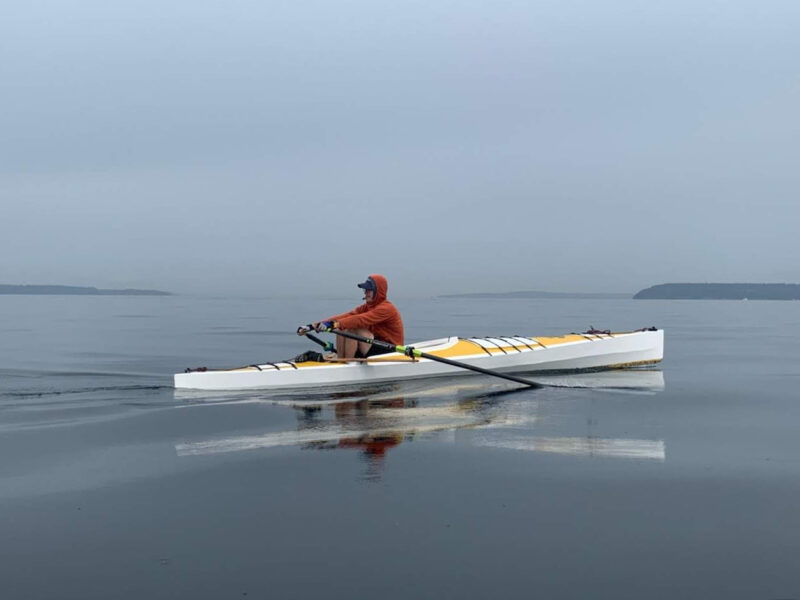 Courtesy of the author
Courtesy of the author
Join The Conversation
We welcome your comments about this article. If you’d like to include a photo or a video with your comment, please email the file or link.
Comments (4)
Leave a Reply
Stay On Course

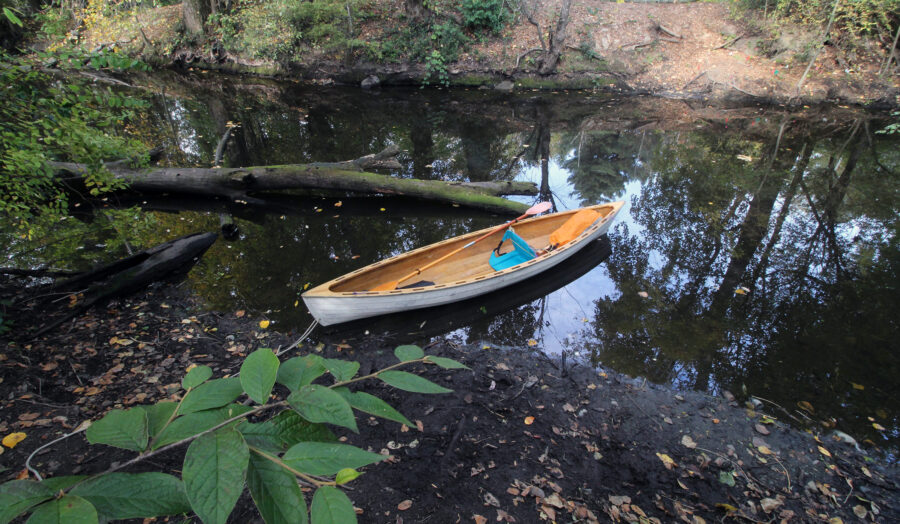

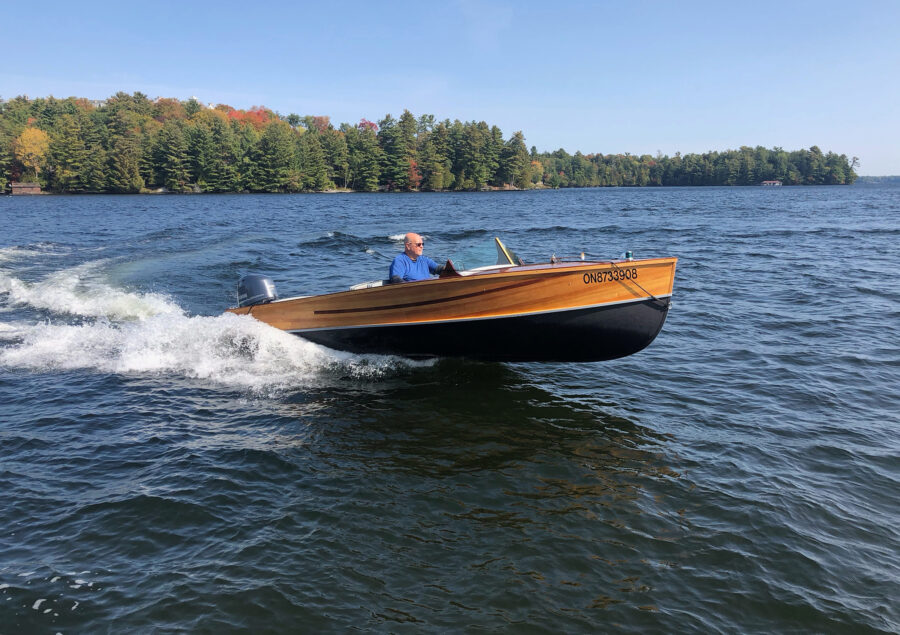
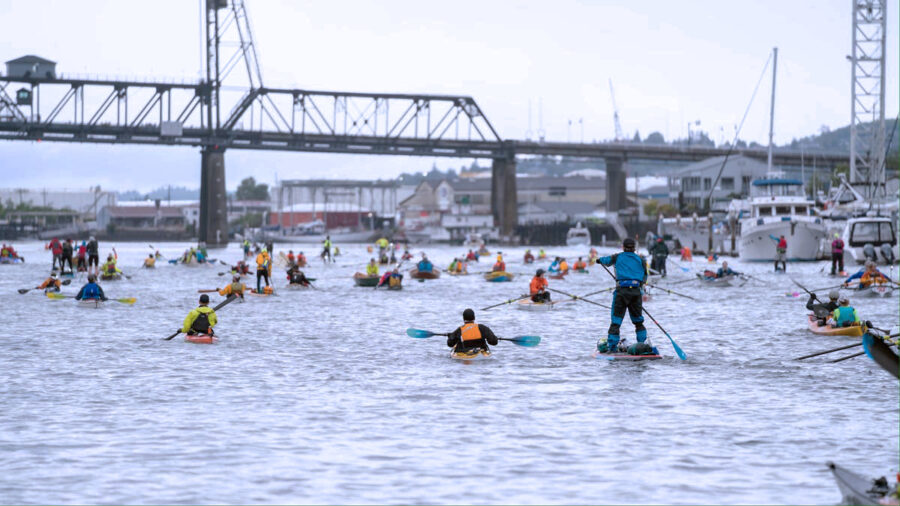
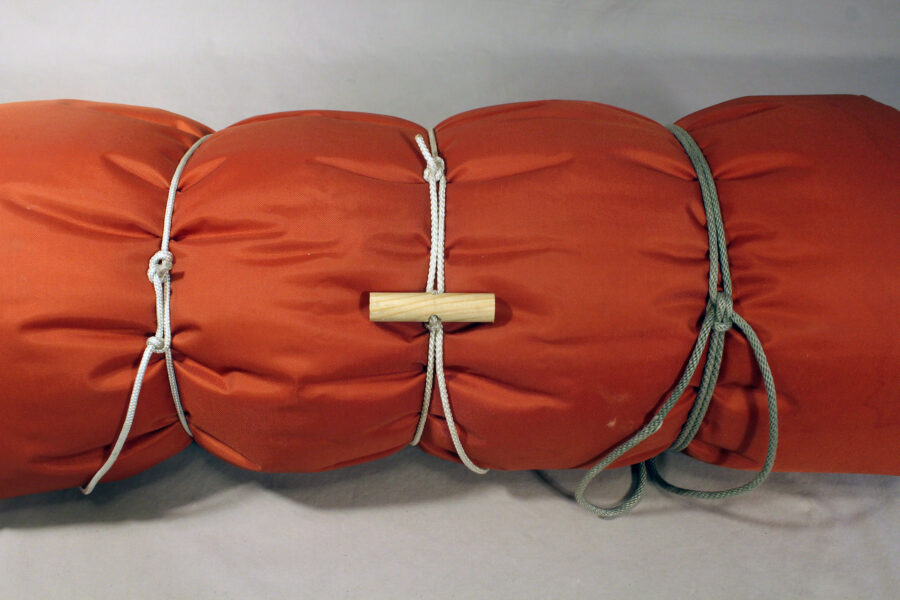
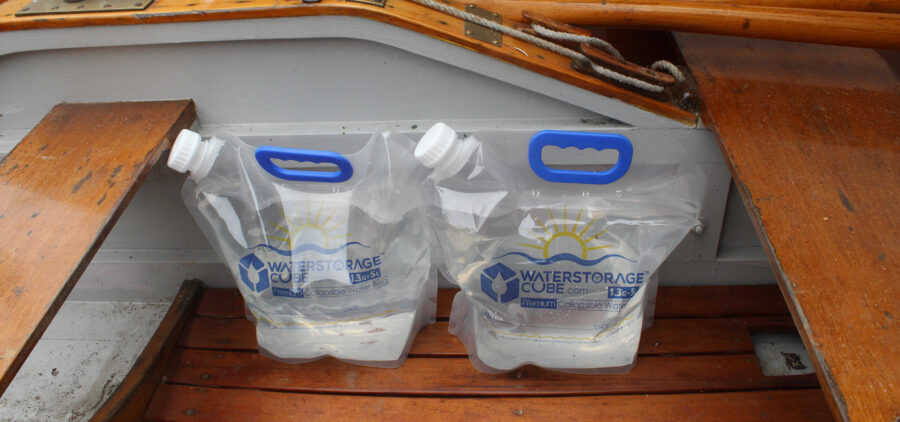
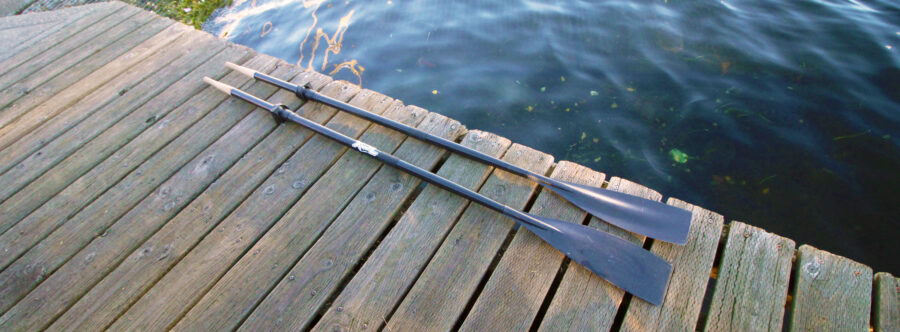
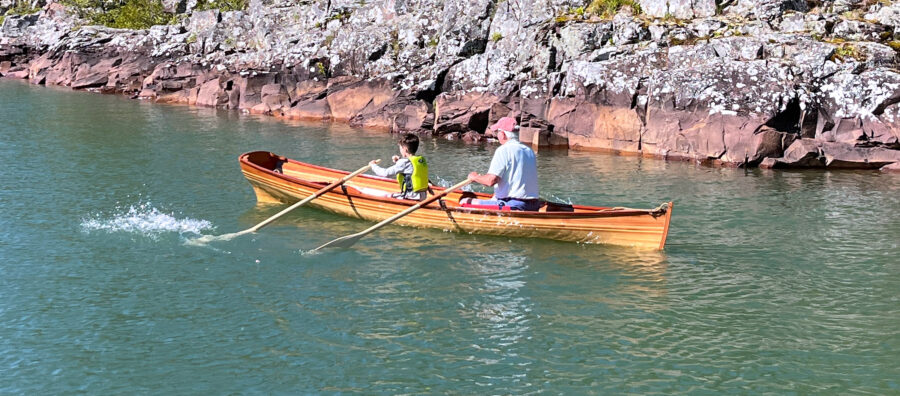
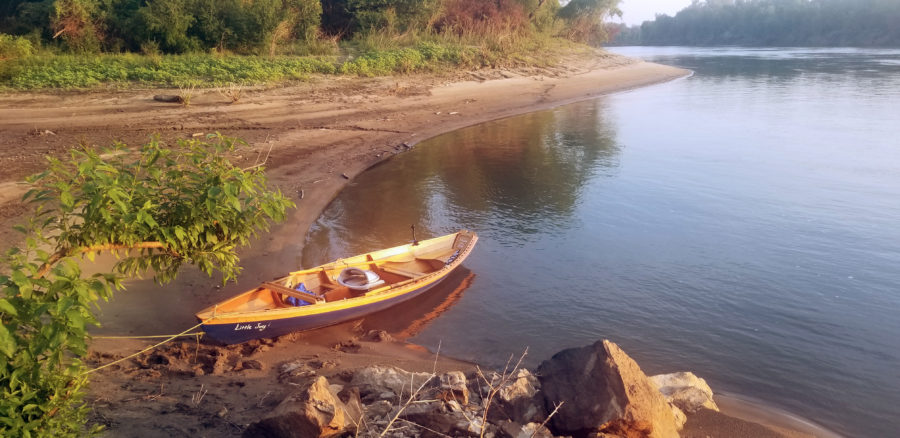
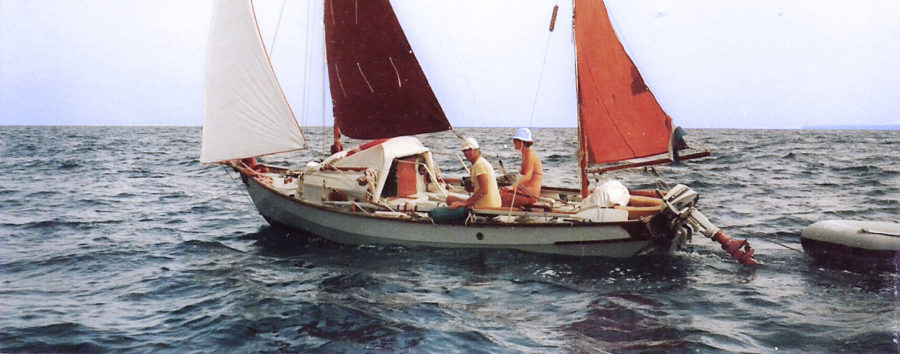
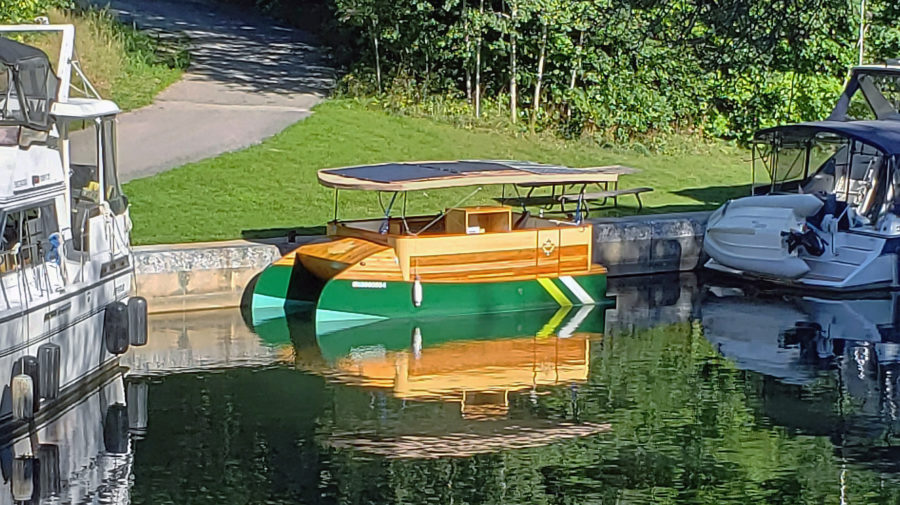

I have always disliked navigating at night. I remember crossing Bellingham Bay in the dark, heading for the entrance to Squalicum harbor, where I had a slip in the marina. I could see red and green lights amongst the city lights, and assumed it was the entrance I wanted. Then the lights changed, and I realized I was looking at traffic lights.
I know the feeling, I rowed an Expedition in the 2022 race – “Thresher”. We were on the same track as I finished in 30th place. Congrats! What a great race.
The black and yellow one? I think I saw you loading up as I was coming in and never got a chance to say hi. They are such fun, unique boats and it’s always great seeing how different builders have chosen to make them their own.
Great accomplishment!!
Wow, people on paddle boards!! They are difficult to stay on in calm lakes……